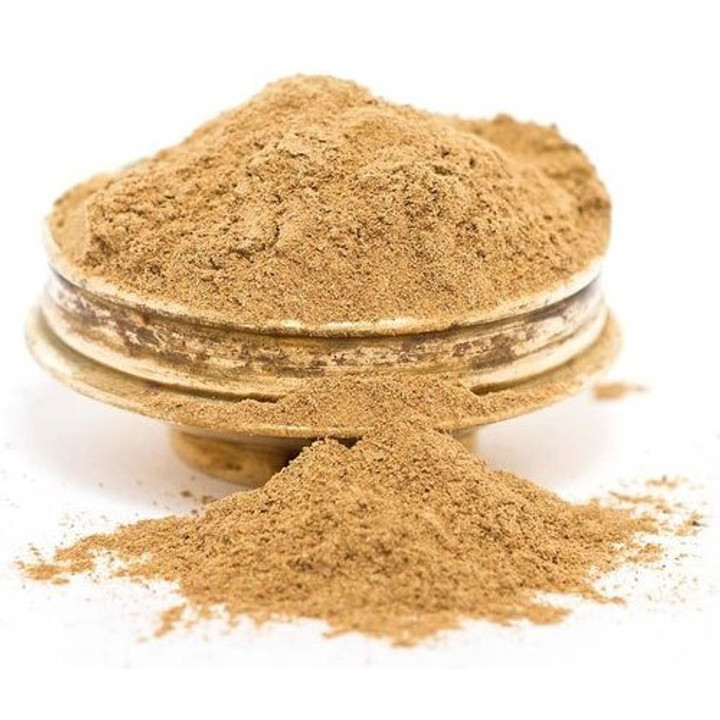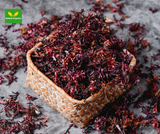The Benefit of Omusongola: Unveiling Its Cultural, Health, and Economic Value
Introduction to Omusongola
In the lush landscapes of Uganda, there exists a unique treasure revered by locals for its cultural significance, health benefits, and economic potential – Omusongola. This article delves into the multifaceted aspects of Omusongola, exploring its historical roots, health advantages, modern applications, and the challenges it faces in contemporary society.
What is Omusongola?
Omusongola, derived from the Luganda language, refers to a specific plant species native to the region. It holds a special place in Ugandan culture, deeply embedded in traditions and folklore.
Historical Significance
Cultural Importance
For centuries, Omusongola has been an integral part of Ugandan culture, symbolizing strength, vitality, and unity. It features prominently in traditional ceremonies, rituals, and celebrations, serving as a link to ancestral heritage and community identity.
Traditional Uses
Ancient communities revered Omusongola for its diverse uses beyond cultural ceremonies. It played a crucial role in traditional medicine, believed to possess healing properties for various ailments and diseases.
Health Benefits of Omusongola
Nutritional Value
Omusongola is rich in essential nutrients, including vitamins, minerals, and antioxidants, making it a valuable addition to a balanced diet. Its leaves, seeds, and roots offer a plethora of health-promoting compounds that support overall well-being.
Medicinal Properties
In traditional medicine practices, Omusongola is prized for its medicinal properties. It is used to alleviate symptoms of common illnesses such as coughs, colds, and digestive issues. Moreover, ongoing research suggests potential therapeutic applications in modern medicine.
Omusongola in Modern Context
Commercialization and Trade
In recent years, Omusongola has garnered attention beyond its cultural and medicinal realms. The increasing demand for natural remedies and health foods has spurred its commercialization, leading to opportunities for local farmers and entrepreneurs.
Culinary Uses
Beyond its medicinal properties, Omusongola has found its way into modern cuisine, adding flavor and nutrition to various dishes. Chefs and food enthusiasts alike experiment with its leaves and seeds, incorporating them into salads, soups, and sauces.
Environmental Impact
Sustainable Harvesting
As the popularity of Omusongola grows, so does the importance of sustainable harvesting practices. Conservation efforts aim to preserve its natural habitat and ensure responsible cultivation to prevent overexploitation.
Conservation Efforts
Organizations and local communities are actively involved in conservation initiatives to safeguard Omusongola for future generations. Reforestation projects, habitat restoration, and educational campaigns promote environmental stewardship and biodiversity conservation.
Social and Economic Benefits
Employment Opportunities
The cultivation and trade of Omusongola offer significant economic benefits to local communities, providing employment opportunities and income generation. Small-scale farmers and cooperatives play a crucial role in the sustainable management of Omusongola resources.
Cultural Preservation
Beyond its economic value, Omusongola plays a pivotal role in preserving cultural heritage and traditional knowledge. By promoting its cultivation and usage, communities uphold their cultural identity and heritage for generations to come.
Challenges and Conservation Efforts
Overharvesting and Depletion
Despite its cultural and economic importance, Omusongola faces threats from overharvesting and habitat loss. Unsustainable practices and deforestation endanger its survival, necessitating concerted conservation efforts.
Conservation Initiatives
To address these challenges, various stakeholders collaborate on conservation initiatives aimed at protecting Omusongola ecosystems. Sustainable harvesting guidelines, community-based management, and awareness campaigns are essential components of these efforts.
Conclusion
Omusongola stands as a symbol of cultural heritage, a source of nourishment, and a catalyst for economic development in Uganda. Its diverse benefits underscore the importance of sustainable management and conservation efforts to ensure its continued presence for future generations.
Unique FAQs
Is Omusongola safe for consumption?
Omusongola is generally safe for consumption when used in moderation. However, individuals with specific medical conditions should consult healthcare professionals before incorporating it into their diet.
Can Omusongola be grown outside Uganda?
While Omusongola thrives in the unique climate of Uganda, efforts are underway to cultivate it in other regions with similar environmental conditions. However, successful cultivation outside its native habitat requires careful consideration of soil, climate, and cultivation practices.
What are the most common culinary uses of Omusongola?
Omusongola leaves and seeds are commonly used in salads, soups, stews, and sauces, adding a distinctive flavor and nutritional boost to dishes.
How does Omusongola contribute to environmental sustainability?
Sustainable harvesting and cultivation of Omusongola promote biodiversity conservation, soil health, and ecosystem resilience, contributing to overall environmental sustainability.
Are there any regulations regarding the harvesting of Omusongola?In Uganda, there are regulations in place to govern the harvesting and trade of Omusongola to ensure sustainable management and prevent overexploitation of natural resources.
DISCLAIMER
This blog has not been approved by your local health department and is not intended to provide diagnosis, treatment, or medical advice. The content provided on this blog is for informational purposes only. Please consult with a physician or other healthcare professional regarding any medical or health-related diagnosis or treatment options. Information on this blog should not be considered as a substitute for advice from a healthcare professional. The claims made about specific products throughout this blog are not approved to diagnose, treat, cure, or prevent disease.
Explore Popular Articles
-
Purple Irish Sea Moss: Distinct Health Benefits
15th May 2024Table of Contents IntroductionNutritional Profile of Purple Irish Sea MossHealth Benefits of Purp
-
Tribulus Terrestris: Unlock Unique Health Benefits
14th May 2024Table of Contents IntroductionWhat is Tribulus Terrestris?Nutritional CompositionHealth Benefits
-
Revealing Pumpkin Seed Wonders
13th May 2024Table of Contents Nutritional Profile of Pumpkin Seed Rich Source of AntioxidantsHeart HealthP




